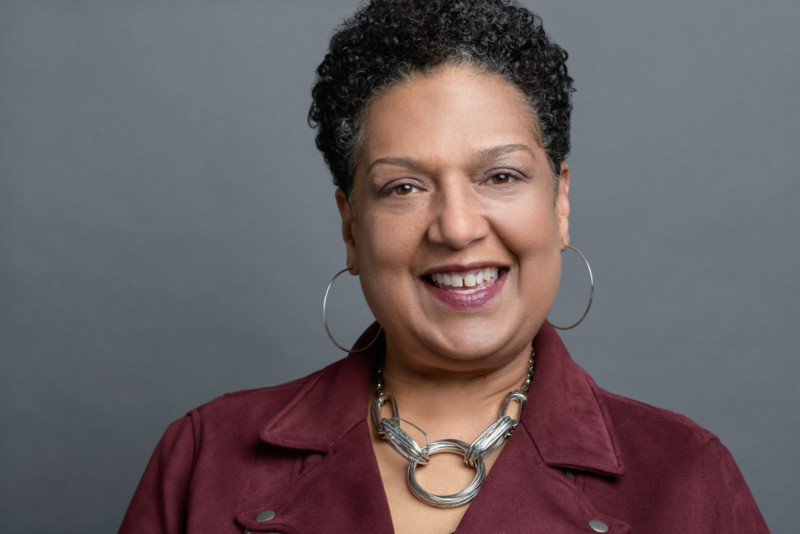Portraits of Federal Workers Affected by the Longest Government Shutdown
![]()
The following is a photographic essay of 21 real people – 21 of 800,000 workers – affected by the longest government shutdown in U.S. history. Federal workers have become unwilling pawns in the shutdown. Perhaps most dehumanizing, the media and certain politicians relegate these great individuals to being part of a blind number — “800,000 federal workers.”





















You can see the Shutdown Stories on the projects website.
About the author: Kirth Bobb and Geoff Livingston are photographers based in Washington, D.C. The opinions expressed in this article are solely those of the authors.
Discussion